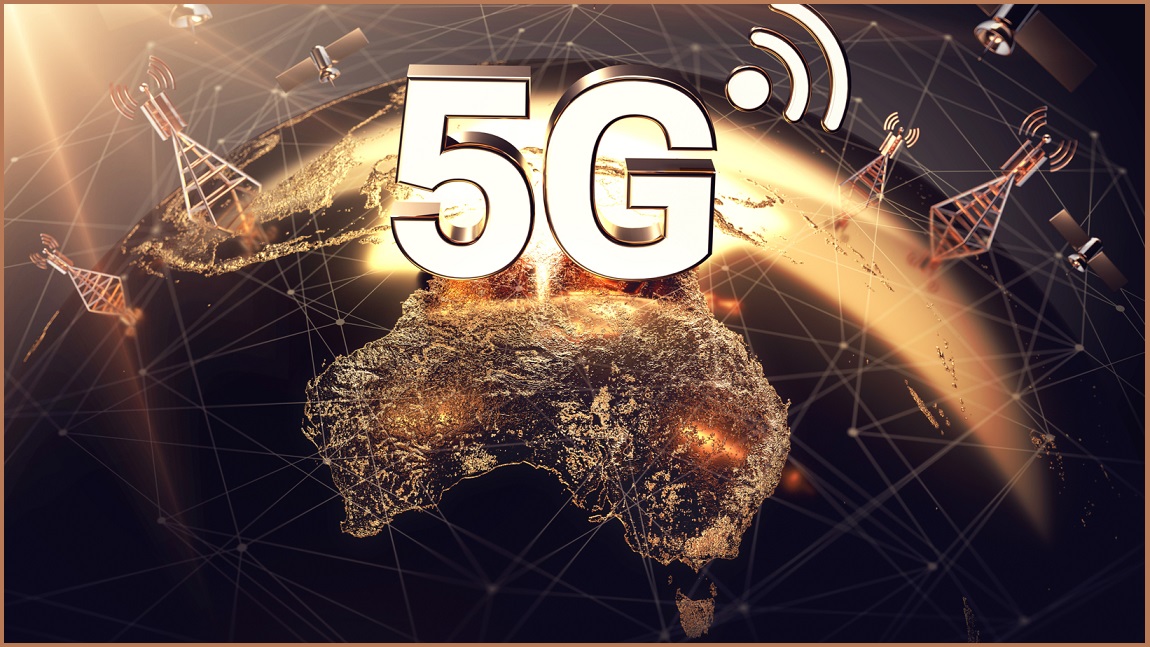Australia’s rural areas may be struggling with an ongoing broadband drought, but it’s raining 5G in more-populated areas as major telecommunications carriers push forward with 5G-related announcements in anticipation of more 5G-enabled handsets.
Optus, for one, has drawn upon its partnerships with Ericsson and Samsung to launch what it is calling a world-first 2300MHz and 3500MHz spectrum 5G dual-band production network.
Testing using Samsung’s Galaxy S20 phones had shown the use of dual-band 5G “delivered increased 5G capacity and coverage which if deployed will ultimately benefit our customers,” head of network access planning and quality Kent Wu said, noting that the company was “continuing to test and implement new ways of enhancing our 5G network.”
Although Optus officially launched its network in November, this year marks the real ramping-up of it services as the company expands from its Home 5G product – which will exclusively carry the 4K broadcast of this year’s Tokyo Olympics – to target a broader range of largely disaffected mobile users.
Managing consumer expectations will be crucial for the carriers, who will need to avoid the frustration of US consumers struggling to distinguish legitimate 5G services from the likes of AT&T’s 5G E network – which was branded “fake” after tests proved it was no faster than rivals’ 4G offerings.
Vodafone has customer expectations squarely in its sights, empowered by the ACCC’s recent approval of its “merger of equals” with fixed-line player TPG and keen to leverage the partnership into a strong competitive offering.
The company has been teasing its “next big strategic move” with a launch this week, where it will likely flip the switch on the first of what will eventually be several thousand 5G base stations.
The company has 650 base stations in progress already and “ambitious” plans for its 5G business in Australia, CEO Iñaki Berroeta said in welcoming the merger approval earlier this month – all while noting that the 18-month approval process had given the company’s competitors “free kicks”.
The merged companies would finally bring Australia its “third, fully-integrated telecommunications company”, Berroeta said, presaging completion of the merger by mid 2020 – just before the floodgates on 5G-enabled devices open with the mooted launch of Apple’s 5G-capable iPhone 12.
Setting the stage for 5G competition – sort of
The announcements come as the ACCC – whose chairman Rod Sims has called 5G a game-changer for mobile services and a potential rival to the NBN – floats the idea of boosting competition in next-generation services by preventing any one company from purchasing massive swathes of the ultra high-frequency radiofrequency spectrum needed to support fast 5G mmWave services.
Spectrum limits were also imposed in earlier 5G auctions, with the aim of preventing a repeat of 4G rollouts that left Telstra largely in charge of the technology’s progression across the country.
Telstra, for its part, announced that it had worked with Cisco to complete what it called a world-first 5G call over a new network architecture designed to improve the reliability of its 5G services.
That made it the latest in a series of chest-beating advancements for milestone-loving Australian carriers, with Telstra previously planting its flag on the first live 5G connection, first call over a commercial 5G network, first 5G end-to-end standalone call, and first 5G trial data call over 26GHz 5G mmWave spectrum.
Optus has also bragged about its milestones, claiming the first 5G drone flight, the ‘world first’ 5G data call over 2300MHz 5G spectrum, and first fixed 5G service.
Yet behind the press releases and stage-managed service rollouts lies a more concerning reality: even as carriers shift towards 5G, they are stepping back from 4G rollouts that have, as Telstra recently warned, become too expensive to justify.
That means many rural and regional areas – which have long struggled to get anything resembling the coverage of their city-bound compatriots – can expect similar blackspots with 5G rollouts that will follow in 4G’s tradition of not fixing their broadband concerns.
Regional broadband has become so erratic – and the NBN such a patchwork solution – that Telstra last month stopped offering 100Mbps services over several NBN connection types.
Adding insult to injury, the NSW government has stepped in with a $100m allocation under its Gig State project, which is designed to find “innovative solutions” for improving connectivity in regional NSW.
That funding is part of the state’s $400m Regional Digital Connectivity program, which includes $300m to fill mobile and NBN blackspots that commercial operators haven’t addressed.










